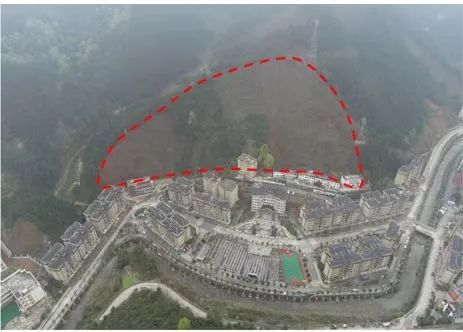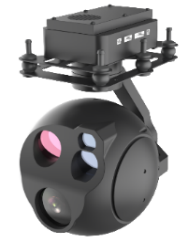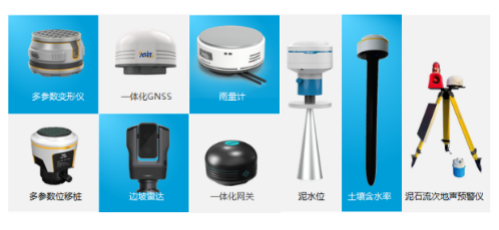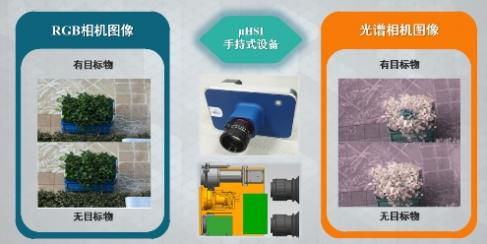1. Beijing-Tianjin-Hebei Collaborative Development Transportation Network Geological Safety Monitoring Project
The Beijing-Tianjin-Hebei Collaborative Development Transportation Network Geological Safety Monitoring Project was completed in June 2020. On July 12, 2021, the monitoring data of the Fozizhuang Station on National Highway 108 in Fangshan, Beijing, showed continuous changes, and the monitoring platform issued an early warning. On July 22, 2021, at around 12:00, the rock mass cracked and collapsed. On August 19 and September 14, the disaster site experienced two consecutive collapses. Due to timely monitoring and early warning, the transportation department took timely road control measures to ensure the safety of vehicles passing through, and no casualties were reported.
This case was selected as one of the top ten successful cases of geological disaster risk avoidance in China by the Ministry of Natural Resources in 2021.

2.Shiyan Geological Disaster Monitoring Demonstration Project
The Shiyan Geological Disaster Monitoring Demonstration Project was completed in July 2019. From the evening of August 5 to the morning of August 6, 2019, Shiyan City experienced heavy rainfall, leading to landslide deformation in the Xingfu Community of Zhangwan District, Shiyan City. At 6:38 am on August 6, the monitoring platform started issuing alarms and continued to do so 15 times within two hours. Local personnel quickly arrived at the scene, confirmed the landslide deformation, and urgently evacuated local residents. The landslide occurred ten minutes after the residents were evacuated, but no casualties were reported.
This case received special coverage from media outlets such as People's Daily, CCTV, and Science and Technology Daily, causing strong reactions within the industry.

3. Ceheng "5.28" Yangba Village Landslide Project in Guizhou
Due to continuous rainfall in the area, at 8:15 am on May 28, 2022, the aerospace inertial GNSS monitoring station deployed at a risk slope disaster hidden danger point in Yangba Village, Ceheng County, Qiannan Prefecture, Guizhou, issued a red warning to the command center. Upon receiving the warning information, the Guizhou Geological Disaster Prevention and Control Center responded promptly, and the Ceheng County Natural Resources Bureau and relevant technical units arrived at the disaster site at 8:34 am to investigate the dangerous situation and set up a warning line, organizing the orderly evacuation of threatened personnel. This landslide caused the destruction of houses on the side of the mountain and damage to five office buildings, but due to accurate warnings and timely on-site disposal, no casualties were reported.
This case was selected as one of the top ten successful cases of geological disaster risk avoidance in China by the Ministry of Natural Resources in 2022.
 Your current location:
home
>
Exhibition Hall Online
>
Venue Layout
>
N6
>
China Aerospace Science and In...
Your current location:
home
>
Exhibition Hall Online
>
Venue Layout
>
N6
>
China Aerospace Science and In...








